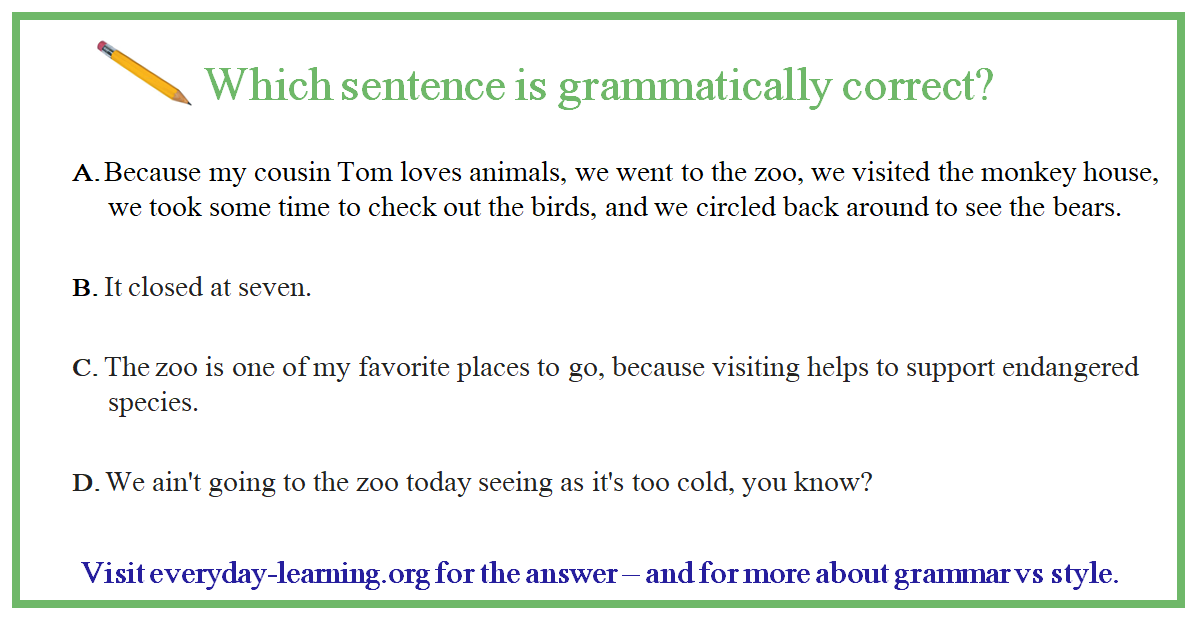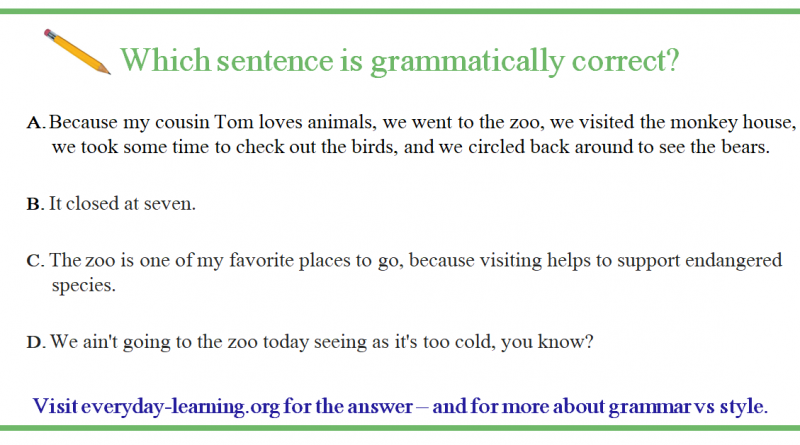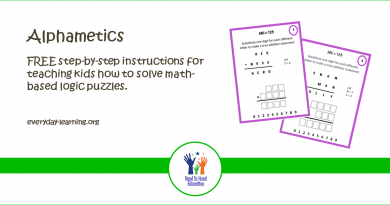Style Versus Grammar

When grading a student paper, it can be difficult to decide what comments to leave, especially when the writer is your child. How do you explain suggestions for revision and steps for improvement – without squelching a student’s willingness to write?
If you want to give better paper feedback, you need to understand that there are different kinds of writing errors. Grammar has become a catch-all term that means “the way we write,” but that’s not really accurate. Some issues aren’t technically errors at all, but still deserve mention to help writers become as polished and effective as they can.
So, what are the elements of writing that kids should be learning? You’ll find some debate over the subtle differences between certain writing and language terms, such as the following:
- GRAMMAR: Rules about how we can arrange language
- SYNTAX: Ways in which words go together in a sentence to make meaning clear
- SPELLING: Conventional and accepted standards for the way words are spelled
- PUNCTUATION: Symbol system we use for clarity within writing
- STYLE: Choices about how to present information
The main distinction worth noting: Style and grammar/punctuation rules are not the same.
Grammar/Punctuation Rules
You have probably heard there’s such a thing as a proper grammar and that breaking the rules results in bad grammar. This isn’t true. All language has grammar. All language – no matter how it sounds to a particular listener – is obeying the rules of the people who use and understand it. There is, however, an academic grammar that’s accepted in business and education settings as correct. This is Standard Academic English (SAE), and it’s what people mean when they say proper grammar.
SAE comes with all kinds of rules. You can’t put a comma between two complete sentences. That’s a comma splice. You can’t write a sentence without a subject. That’s a fragment. You must capitalize proper nouns. Pronouns must have clear antecedents to make their meaning obvious. The list goes on and on and on.
Here are the most five most common grammar and punctuation errors:
- Sentence fragments
- Run-on sentences/comma splices
- Subject-verb disagreement
- Tense shifts
- Unclear pronoun usage
If you are evaluating a paper that is breaking these rules, you can mark them as “incorrect” and send the writer to a specific resource explaining the rule and how to use it correctly.
Style Rules
This is where it gets trickier. There’s a set of rules determining grammar and punctuation, but the rules for style are much looser. Just like fashion, the style rules are completely context-dependent. Style rules also allow room for the writer’s personal preference.
Here are some academic writing Style Rules you may have heard about:
- Use a variety of long and short sentences
- Use formal language
- Use a neutral tone
- Do not use contractions in your writing
- Do not use first person
If a writer breaks one of these rules, no actual error has been made. In fact, you can write an A+ paper that breaks every one of these rules, because Style Rules are not grammar rules.
While Style Rules can be a matter of personal preference, some academic assignments and certain types of professional writing require a person to know very specific Style Rules, such as MLA, APA, or Chicago Style.
If you are evaluating a paper and find a writer using an inappropriate style for a given task and audience, you should definitely address it. [The Writing Center at UNC has a useful breakdown of common writing style problems and how to address them.] Just remember, don’t talk about these issues as “errors” or call them “grammar rules”.
Learning to write involves learning how to spell, use punctuation and capitalization, and build grammatically correct sentences. Learning to write also involves learning how to pick language styles that best fit an audience and the goals of an assignment. Providing feedback in a way that makes this distinction clear allows writers to see the connection between their own choices and audience expectation, a crucial step to becoming an effective writer.
ANSWER to the question: Which sentence is grammatically correct?
A. This is grammatically correct, even if it is stylistically long and clunky.
B. Many people mark this as a fragment because there is no clear reference for “it” within the same sentence. However, this sentence has a Subject, Predicate, and a Prepositional phrase, so it is a grammatically correct sentence.
C. INCORRECT: There should not be a comma before “because.” You only put a comma with a subordinating phrase when it starts the sentence, like in Sentence A. You do not use a comma when subordinating phrases end a sentence. Read more about this grammar rule.
D. This is slang. It’s stylistically inappropriate for most academic papers, but it’s not grammatically incorrect.
This guest post was written by Michelle Parrinello-Cason, a college professor of rhetoric and composition who blogs about homeschooling the humanities at Dayla Learning.




